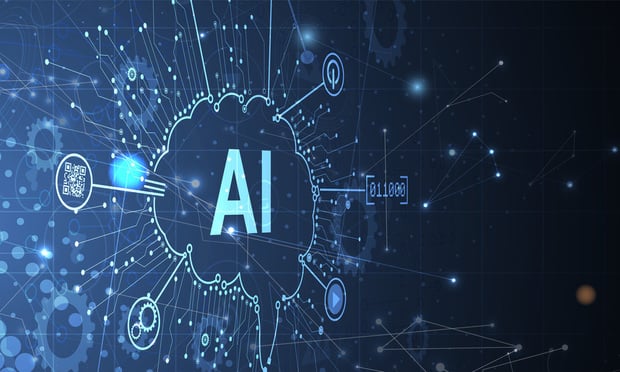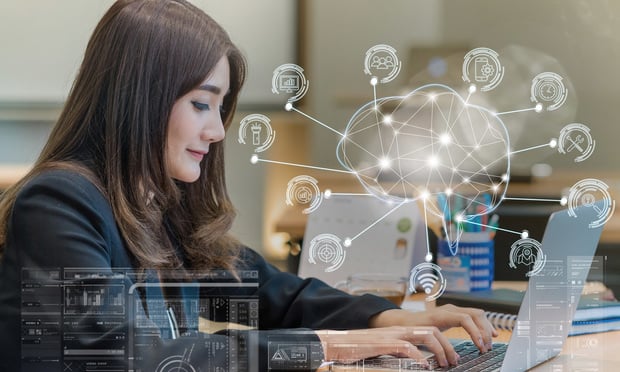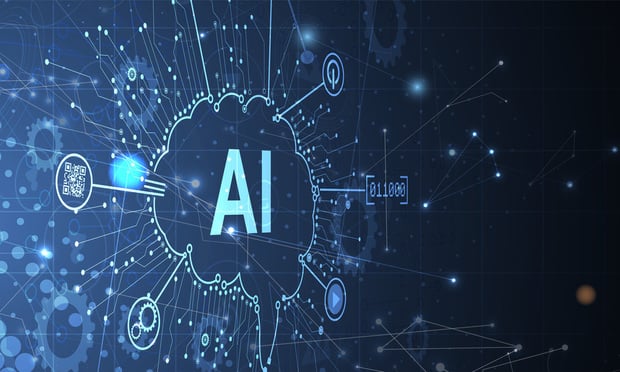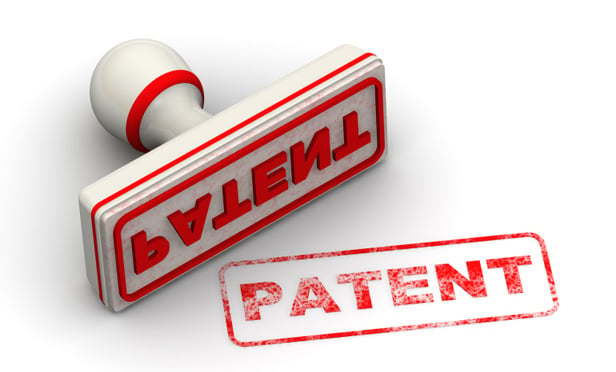Features

Voice Actors' Class Action Challenges AI Use of Their Voices
LOVO, an artificial intelligence company focused on voice generation, has been hit with a proposed class action lawsuit, with the plaintiff voice actors arguing they have not been properly compensated for the use of their voices.
Features

How Will Criminal Law Enforcement Be Able to Police the Improper Use of AI?
Given the DOJ's limited tools to prosecute AI crimes where no one intended for the AI to violate the law, effective compliance likely will be the best defense for companies to avoid criminal charges for AI-based crimes.
Features

Gen-AI Created Influencers Bring New Marketing Risks
A steep rise in the use of GenAI and computer-generated influencers brings with it new marketing risks and considerations for celebrities, influencers, and businesses alike.
Features

Big Law Looks To Influence Vendor-Developed AI
In the AI edition of the classic "build versus buy" dilemma, some marquee firms have opted to leverage their position as the largest buyers of legal tech to influence vendor development of AI-powered services to suit their needs.
Features

Big Law Leverages Buyers Position to Influence AI Development to Suit Their Needs
In the AI edition of the classic "build versus buy" dilemma, some marquee firms have opted to leverage their position as the largest buyers of legal tech to influence vendor development of AI-powered services to suit their needs.
Features

5 Ways AI Strengthens Client Relationships and Revenue Generation
Maintaining consistent communication with clients can be time-consuming for most law firm professionals. It requires a substantial commitment of resources to stay informed about recent events and developments relevant to the client's business. The time has never been better for firms to start introducing technology, like AI, to improve their overall business.
Features

Unraveling The American Data Privacy Patchwork: Will the American Privacy Rights Act Succeed?
As the focus on protecting personal data continues to grow with the ever-widening adoption of artificial intelligence (AI) tools, exponential increases in the number and breadth of data breaches, and growing awareness of the risk posed by data brokers, the time appears right for a U.S. federal data privacy regulation to succeed in Congress. But is the new American Privacy Rights Act that regulation?
Features
Early Impact of the CHIPS Act
This article describes certain key developments in the period from passage of the CHIPS Act through the present day, and provides a brief survey of key grantmaking and investment activity by U.S. government agencies since passage of the Act.
Features

Emerging Legal Terrain: IP Risks from AI's Role In Drug Discovery
This article explores the benefits and risks of AI-driven drug discovery from the legal perspective. Since the law governing IP rights in AI-driven drug discovery is still in its infant state, any future legal development is likely to have significant implications in many areas.
Features

LLM Customization With A Path to Human Inventorship and Patent Rights
A statutory predicate to the contractual outcome regarding ownership of patent rights is the requirement of a sufficient contribution by a natural person in the effort that yielded the output. The issues implicated by this requirement are one development among more to come as patent law and policy try to catch up to proliferating AI technology.
Need Help?
- Prefer an IP authenticated environment? Request a transition or call 800-756-8993.
- Need other assistance? email Customer Service or call 1-877-256-2472.
MOST POPULAR STORIES
- Use of Deferred Prosecution Agreements In White Collar InvestigationsThis article discusses the practical and policy reasons for the use of DPAs and NPAs in white-collar criminal investigations, and considers the NDAA's new reporting provision and its relationship with other efforts to enhance transparency in DOJ decision-making.Read More ›
- The DOJ's New Parameters for Evaluating Corporate Compliance ProgramsThe parameters set forth in the DOJ's memorandum have implications not only for the government's evaluation of compliance programs in the context of criminal charging decisions, but also for how defense counsel structure their conference-room advocacy seeking declinations or lesser sanctions in both criminal and civil investigations.Read More ›
- The DOJ's Corporate Enforcement Policy: One Year LaterThe DOJ's Criminal Division issued three declinations since the issuance of the revised CEP a year ago. Review of these cases gives insight into DOJ's implementation of the new policy in practice.Read More ›
- Don't Sleep On Prohibitions on the Assignability of LeasesAttorneys advising commercial tenants on commercial lease documents should not sleep on prohibitions or other limitations on their client's rights to assign or transfer their interests in the leasehold estate. Assignment and transfer provisions are just as important as the base rent or any default clauses, especially in the era where tenants are searching for increased flexibility to maneuver in the hybrid working environment where the future of in-person use of real estate remains unclear.Read More ›
- Developments in Distressed LendingRecently, in two separate cases, secured lenders have received, as part of their adequate protection package, the right to obtain principal paydowns during a bankruptcy case.Read More ›
